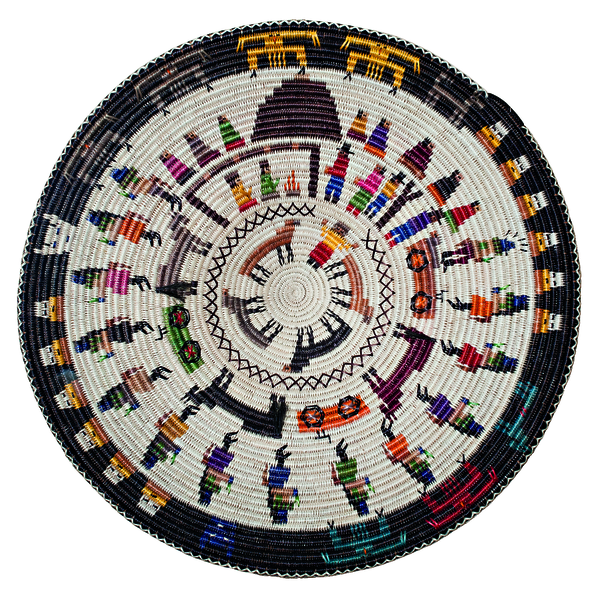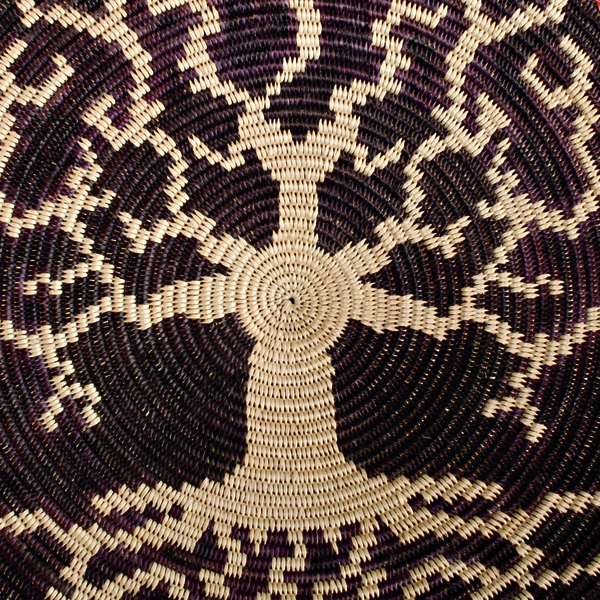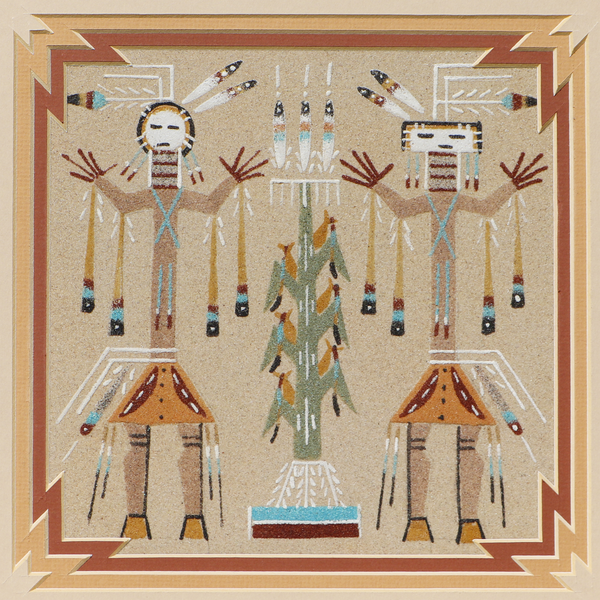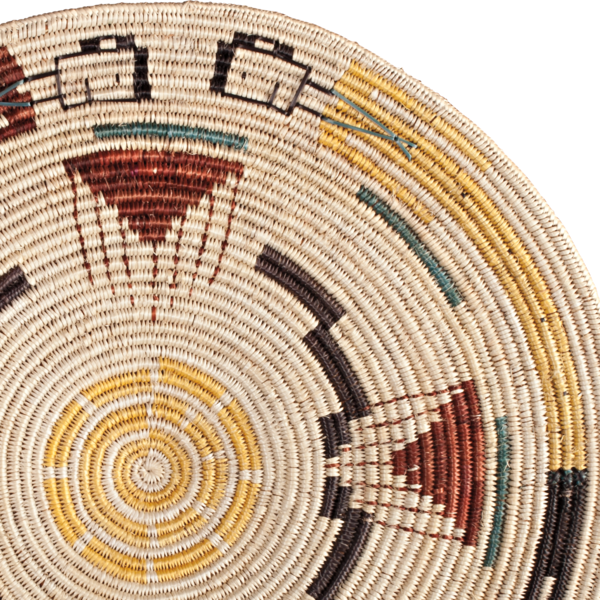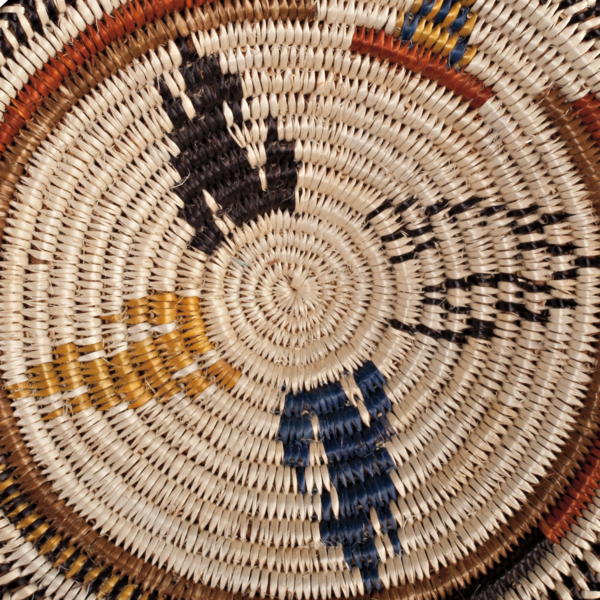Hogan
A hogan is the traditional house of the Diné (Navajo). The hogan is considered a gift of the Diyin Dine’é (Holy People) and a sacred dwelling. Sacred stories tell how the first hogan was built with poles of white shell, abalone, turquoise, and obsidian, the four stones representing the four directions and the four sacred mountains. In this way, the hogan represents and contains the Diné universe. A blessing song is sung when the poles are raised and when the hogan is completed, a medicine man blesses it in beauty from all directions and with protection from all ills. Early hogans were constructed of interlocking poles in a conical shape and covered with additional poles and mud. Later, hogans became circular or polygonal in shape. Today, their walls are constructed with different materials, including cribbing with logs, vertical posts and planks, 2x4 uprights and sheet wood, and masonry. Most Diné live in frame homes and use the hogan primarily for ceremonial purposes.

